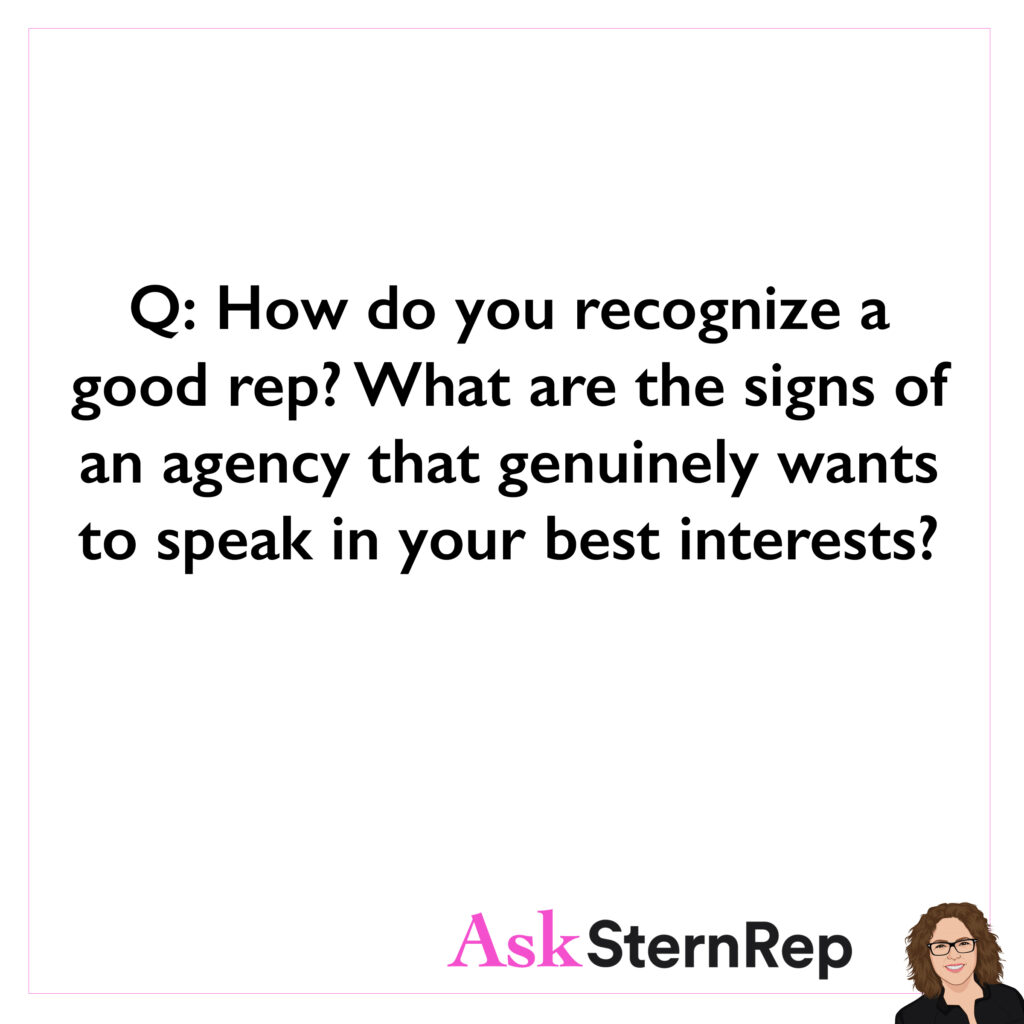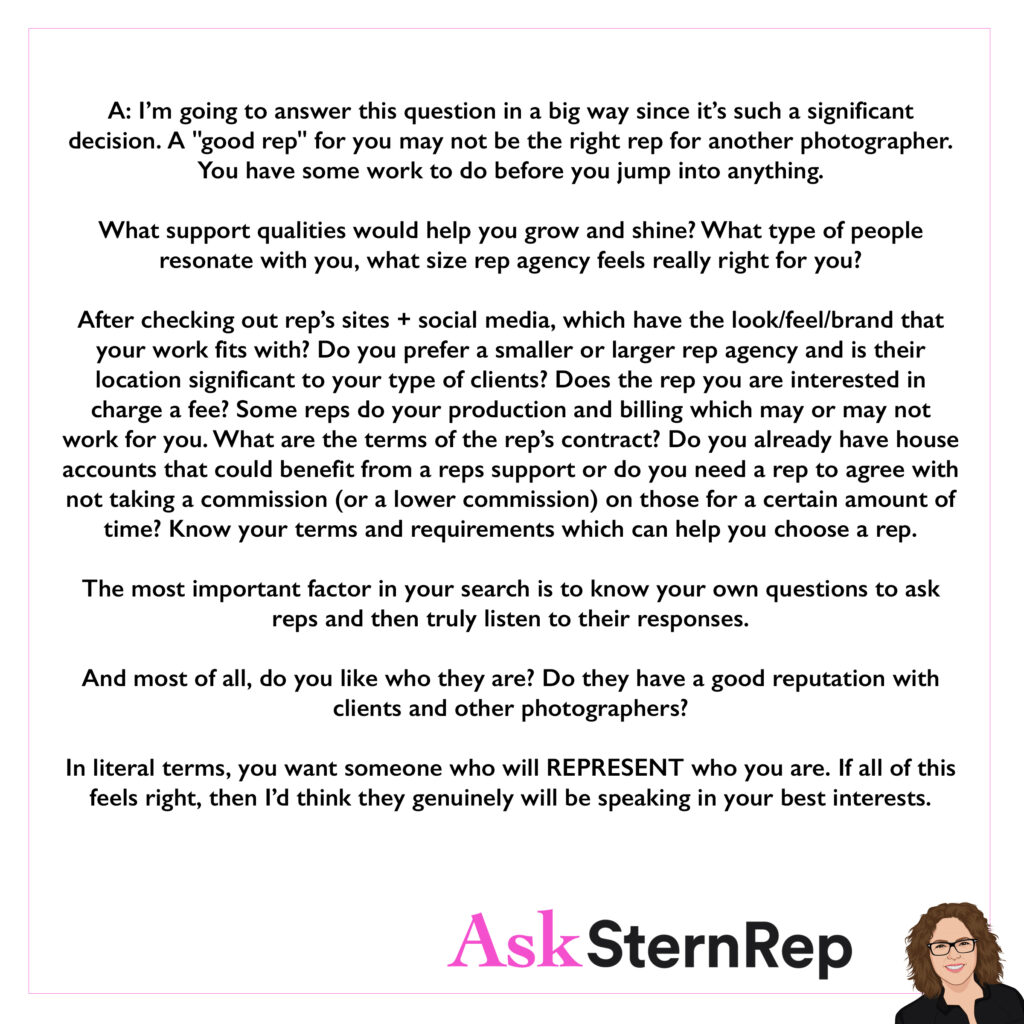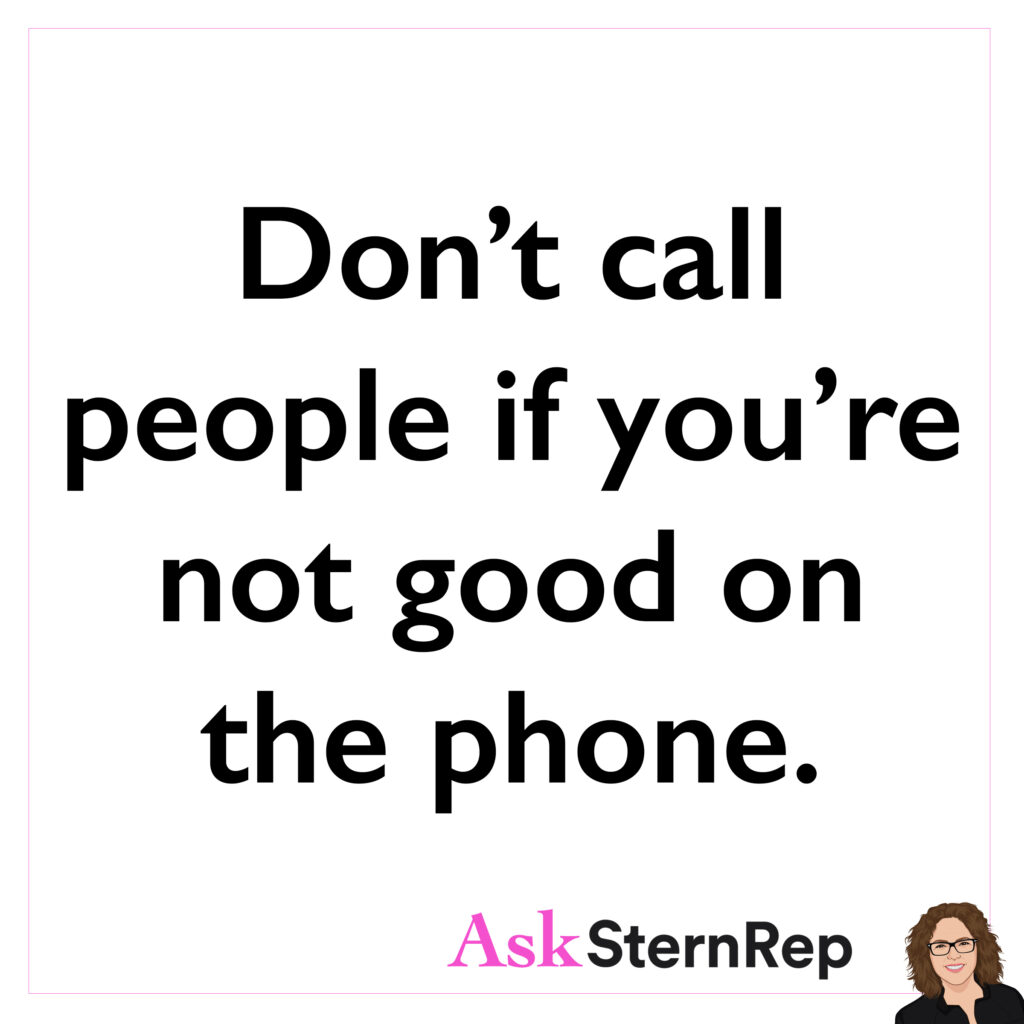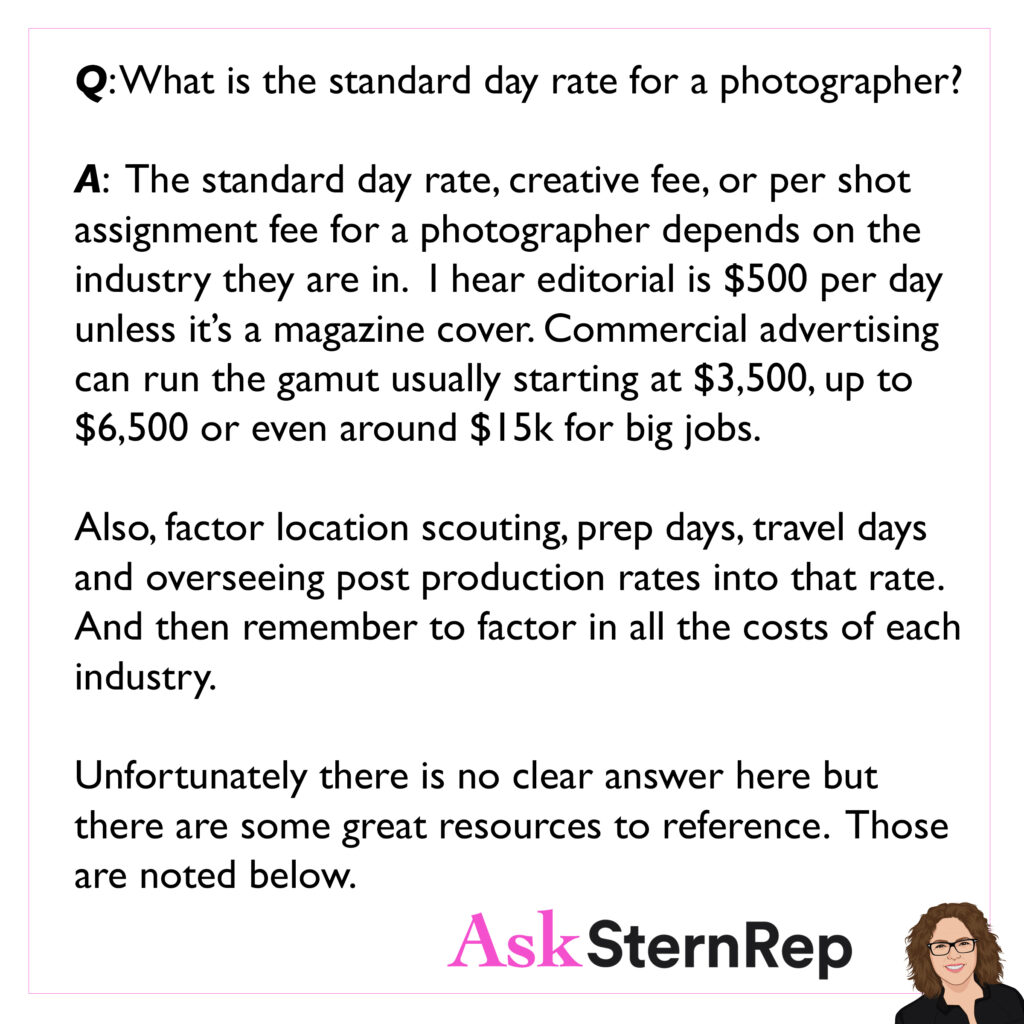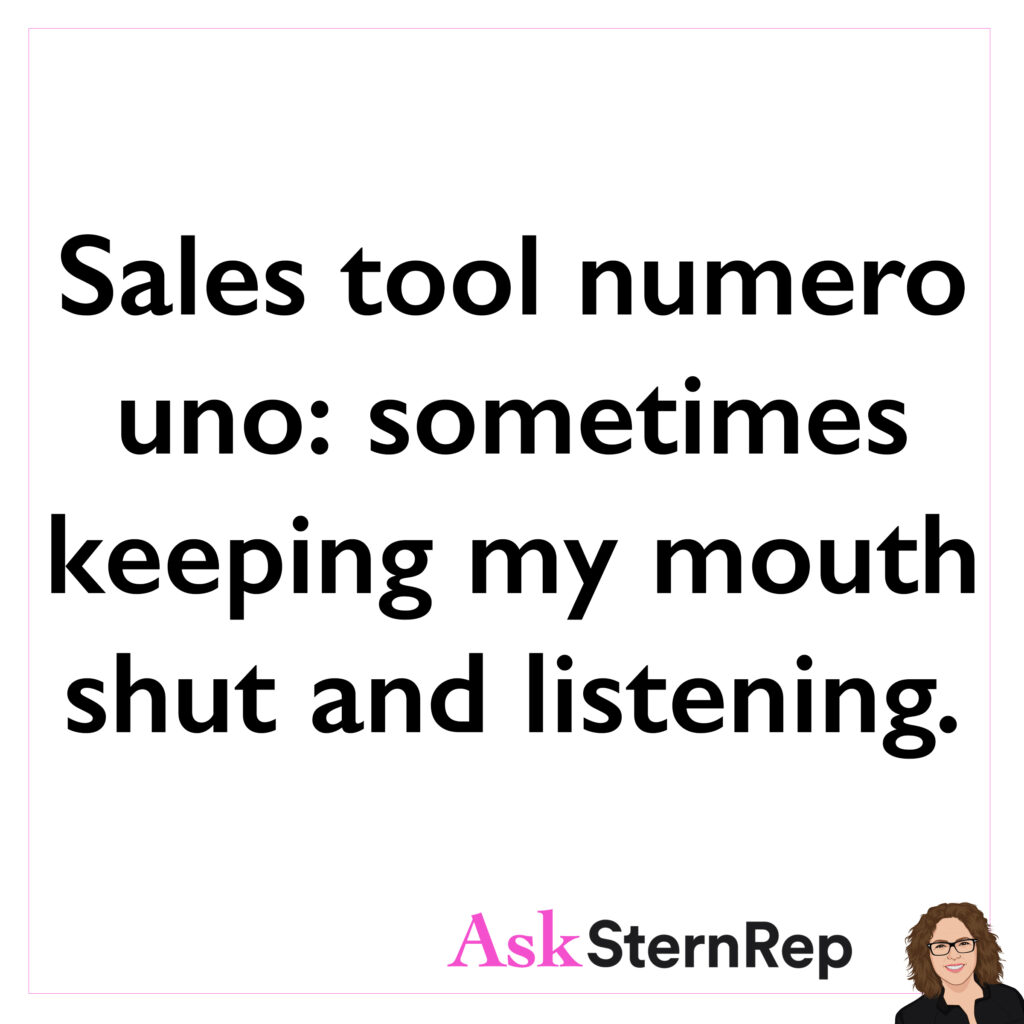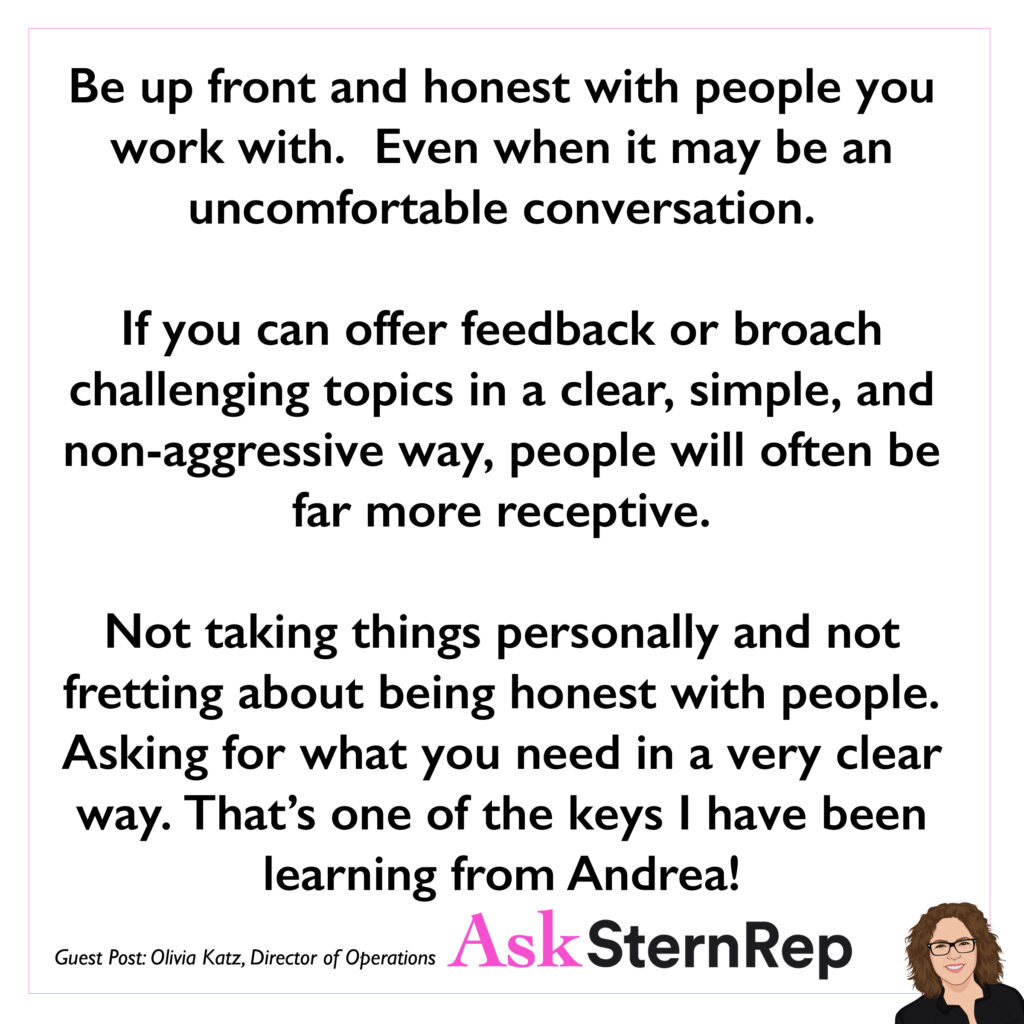Keep your business moving forward as clients are looking at us to set the trends. Stay hot, fresh, and relevant – here is a helpful tool to get your ideas out of your mind to make sense of the plan you need to put into action ASAP.
Your topic can be “GROWING FORWARD,” write it on a piece of paper, circle it in the middle of a page, and set it free!
We are trying to adjust to a time we don’t yet know how to handle, which means we have to make decisions and plans. Yet, we are probably all dealing with many thoughts in our heads without much clarity, making it hard to decipher which ones to follow and how to proceed. One useful method is mind mapping. It’s how I became a rep. I started with a central circle labeled “ideal job” and branched out into various aspects of what that job would entail—what it looks like, what I’m wearing, where I am, whether I’m at home or in an office, the time of day I’m working, how much I’m making, and the skills I’m using, which in my case are sales.
Mind mapping helped me clarify my path. I even brought my mind map to a photographer, and he identified me as a rep, a term I wasn’t familiar with at the time. Recently, I did another mind map titled “What I Want from Photographers.” It’s a way to get all your thoughts out by starting with a central question and creating a plan by stepping back and analyzing what you want and how to achieve it. It’s like a vision board for your mind, helping you figure out your direction and strategy.

